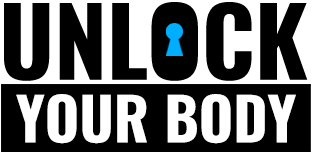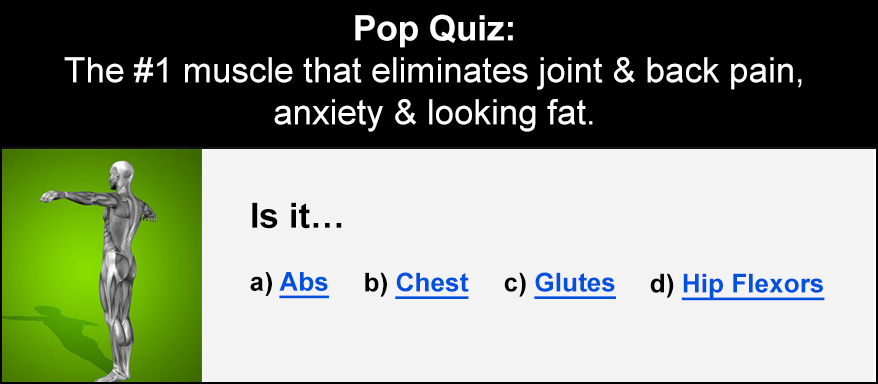First Contact With the Earth
Your foot is the first contact you make with the earth. It’s not just some poetic point … it is going to bear your weight for most of your life, whether sitting or lying.
This alone is enough reason to consider them. They have to be strong enough and well-prepared enough to deal with every walk, every run, and every lift you do. You spend your life in your bed or on your feet and you should put effort in accordingly.
The structures of the feet can easily be unprepared for this much loading or they can experience some problems in response to a rapid change in activity. If you take up running or hiking, the feet are one of the areas where injury risk increases and pain or discomfort.
The Risks Of Poor Foot Health
The foot problems mentioned above are associated with real medical problems. Issues like plantar fasciitis can develop in anyone, even without regular exercise. These can develop based on simple things like foot posture, the kind of job you do, or the kind of footwear you wear on a daily basis.
Add to this the risks of exercise without proper foot care and you’re looking at the very real risk of foot pain making exercise uncomfortable or actually developing into a chronic pain issue.
For most of us, this is an avoidable problem. We can do things to relieve pain in the feet and prepare them for future work without problem.
The health problems of poor foot health are also exaggerated because the knee, hip, and core are dependent on them. If you’re stepping incorrectly, you can easily cause these issues to transfer upwards through these often injured joints and increase the risk of poor posture and other issues.
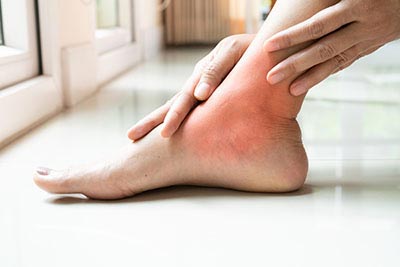
Things To Watch Out For
There are a few common problems that you should probably start with, since these affect a lot of us and can easily contribute to future problems. If we catch these, they can be improved rapidly with proper care and attention, so it’s worth putting them at the front of your mind.
Tightness In The Foot And/ Or Ankle And Performance
Tight soles of the feet, across the top of the foot where it meets the ankle, or even in the calf itself can really cause issues.
These restrict movement which is only likely to get worse over time, as reduced movement can contribute to future inactivity. Starting to free up movement and make the most of it is how you overcome a lot of the problems associated with foot pain and debilitation.
You can start addressing this by just moving your feet deliberately to the ends of their range in each direction and putting more movement through them. This helps you develop control and begin to strengthen their end-ranges, as well as opening up more range in future.
Plantar Fasciitis
Plantar fasciitis is the development of stubborn, motion limiting fascia on the bottom of the foot. This isn’t always painful, but can be horribly uncomfortable if you’re not careful. Tightness in the foot with thickening of the fascia is a combination that leads to searing foot pain.
It’s also one of the factors in reduced foot movement capacity and thus a worsening of pain and inactivity.
This is combatted in two areas: maintaining proper foot posture and movement, and then ensuring tightness in the calf muscles is let off. This is important because the muscles of the calf are slung over the heel and tightness pulls on the connective tissues in the foot itself.
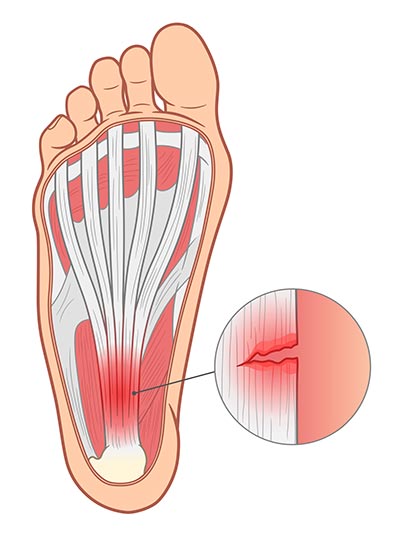
Again, proper movement and the healthy range of motion in the foot and calf together are key to preventing this painful condition and ensuring it doesn’t require surgical intervention!
Weakness In The Calf Muscles
Aside from tightness, you should also watch for your strength in moving the foot in both directions – as this shows your calf muscle strength and control. These are factors that help stabilise the foot and prepare for movements like running where the foot is dealing with repetitive impact.
Weakness here can develop into problems in the foot through poor control, including issues like strains, rolled ankles, and calf muscle injuries. These are all as debilitating as they sound, and I think we all know how annoying strains, sprains, and ‘tweaks’ are.
Proper Positioning And Control
One of the most important things to look for is proper posture in the foot and knee. It’s a simple thing that feeds into everything we’ve talked about, and it’s always important to try and get into healthy, strong, sustainable positions.
These are how we reduce the risk of a range of problems. You need to hold your body in some posture, so it may as well be the right one. Make sure you’re maintaining a healthy level of foot arch, so that your weight is distributed through the heel, as well as the big and pinky toe points on the foot itself.

The health of the foot arch is a range; there are certain positions that are healthy and sustainable, and then if you go too far in either direction from this standard position you’re likely to put the foot, ankle, knee, and hip into unsafe positions.
This is a rough guide to the positioning of the foot that you want to look for, when it comes to arches:
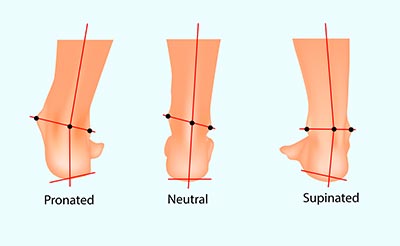
If you’re within the green range as you walk you’re sage, but getting towards the central, healthiest position allows you to reduce the risk of injuries and set up your entire body for better health.
As your first point of contact with earth, the positioning and posture of the foot is going to transfer upwards and can dictate the life expectancy or your knees, hips, and spine. You’re also not necessarily symmetrical, so beware that each foot has its own position and may have different needs.
Proper Foot Care
Proper foot care depends on what your current position is and the issues we’ve mentioned above. The obvious thing to start with is addressing your individual problems.
Preventing problems is better than solving them; it saves you time, effort, and pain. If you can address them before they develop, you’re off to a good start. Adjusting your foot position and working through individual problems is key before you start trying to optimise your foot health and prevent injury.
No matter your individual needs, there are some universally good habits you can get into that help you maintain your foot health and improving the strength and control you have over them.
Alleviating Pain And Existing Stress
While we want to prevent issues, it’s also good to manage existing tightness, pressure, and demands in the foot. Alleviating pain and stress can help prevent problems developing in severity and may also fend off chronic issues like fasciitis by relieving the at-risk tissues.
This involves simple, easy-to-do methods that you can practice daily. Primarily, you’re going to want to practice light self-massage and assisted movement in the foot to relieve tension in the muscles and move the connective tissues and joints through their proper range.
Self-massage is exactly what it sounds like: massaging the muscles of the foot and calf to stimulate movement and reduce some of the tightness. This should come first as it is a way of temporarily improving range, and you can capitalize on it with assisted movement.
Assisted movement is just you moving your foot around without using the muscles of the ankle and calf. For example, you might grab your foot and use your hands to move it through full range in each direction, repeating until you feel like some of the tension has released and you have more freedom of movement.
These are good habits for maintaining your foot health and they’re also something like a warm-up for the feet.
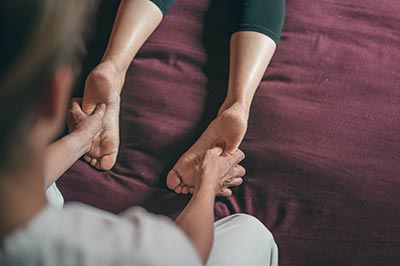
Control And Positioning
Better foot control and positioning come from using the full range, especially after you’ve warmed up with massage and/or assisted movements.
Things like extending and flexing your feet as much as possible can really help build better awareness and control over these small muscles. You should also practice this laterally; turning up each side of the foot respectively and holding.
The muscles controlling these movements are important for stabilising and controlling the foot, and thus require work. Even these light movements can help.
From here, things like PVC or foam roller walks can be useful to develop strength and stability together. The “gripping” of the foot to a hard cylinder is great for foot health, while also offering the same massaging pressure to the mid-foot you’d experience in a massage.
Footwear And Out-Of-Footwear
Proper footwear, appropriate for a given exercise, is great for keeping your feet healthy. It’s also important on a day-to-day basis where the footwear you’re using is going to determine how pressure is displaced through your foot.
If you’re wearing inappropriate or poor-quality footwear, the difference in your foot health will be noticeable. It’s not uncommon for poor footwear to cause problems all by itself, contributing to issues like collapsed arches or poor weight distribution.
You also need to make sure your footwear is right for what you’re doing. You don’t want to squat in tennis shoes, but you don’t want to play tennis in weightlifting shoes. These have different soles (lifting shoes are non-compressible, while tennis shoes are sponge-y) and different distributions of weight appropriate to their intended use.
Running in inappropriate shoes is a classic way of increasing the risk of injury in the foot and ankle, where repetitive impact gets multiplied by poor foot posture. Controlling these two factors can be an easy way to guard against completely avoidable foot issues and maintain better long-term health.
Free Your Feet After Any Footwear
Getting out of footwear regularly can also be a good way to control things like foot pressure and the stress placed on tissue.
It’s not enough to choose appropriate footwear. It’s also important to give your feet time outside of footwear entirely after a long run or other exercise to get them back to regular posture and positioning.
This also lets off any unnecessary stress you might have received during exercise or from your work footwear. This time off is important for active rest and recovery, as well as letting the muscles of the feet and calf work in natural, healthy resting ranges.
To misquote a Christmas classic, one of our favorite keys to proper foot recovery after exercise is “take off your shoes and socks and make fists with your toes”. But you also need to go the other way and lift your toes off the floor, alternating for a minute or two.
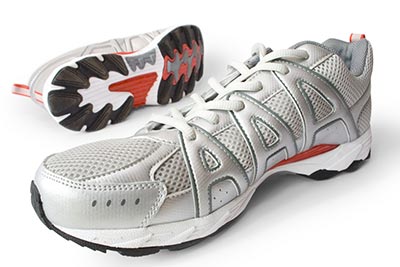
Up-Stream Problems
If you’re experiencing any foot problems with your exercise or footwear, you need to check that everything above them is doing okay, too. This means looking out for problems like collapsing knees or poor alignment of the hip, knee, and foot.
The knee and foot should be able to stay aligned in the entire rotating range of the hip and failure to do this might indicate some problems. Before and after exercise, getting into these positions and using them to, for example, squat or lunge can be useful.
Foot control and the lower limb joints depend on each other, so make sure to strengthen the muscles of the hips and legs (especially the hamstrings) to maintain better foot posture and prevent the negative effects of poor foot positioning or footwear.
Taking care of these other areas both prevents them from damage due to bad foot posture and contributes to better foot health itself. It’s a 2-way street, but proper care lets you gain the benefits in both directions.
Training To Prevent Injury And Stay Healthy
There are a few focuses you should probably have in mind when it comes to the specifics of building strength and muscle to prevent foot injury.
It’s also important to remember that these are likely not building strength in the foot itself – exercises mentioned above are likely to do that. However, healthy foot maintenance will promote strength gains over time, as long as you’re smart with your exercise choice.
Strength elsewhere however, breaks down into a few foot-reinforcing priorities:
Tibialis Anterior: the ‘tib ant’ is the muscle along the front of your shin that lifts the foot up towards the body (dorsiflexion). If it’s weak, things like running can cause pain and injury.
Gastroc/Soleus: these are the muscles of the calf and they need to be both mobile and strong to support the foot without causing tightness-related problems like fasciitis.
Hamstrings: the hamstrings help with proper running economy and take some stress off the foot. They also help control the rotation of the leg during repeated bouts like strides.
Hips: these align the knee, foot, and hip. Proper rotational control in exercises like squats and lunges build better strength and positioning all the way down to the foot.
Hip Flexors: these are half core and half hip muscles. They help bring the knee up and thus reduce stress on the feet and calves during running, as well as stabilising the hip and leg.
The Core: core strength helps everything from spinal health to hip and knee injury to foot mechanics. Get a strong core that can flex and extend, rotate, and bend to either side!
These are areas that benefit from regular exercise and specifically strength training. It prepares them for both strength and endurance, and counter-acts some of the persistent issues we’ve mentioned above: weakness, risk of strains and sprains, and the development of plantar fasciitis.

Final Thoughts
Today, we’ve covered the basics of foot care. We’re not podiatrists, so if you’re already dealing with a medical concern in the feet, you should go talk to one of those. They are an undervalued profession and can help set you on the right path for your individual needs.
It’s a steal for the price of a simple consultation and guidance. A top quality investment.
However, what we’ve covered today include some of the things to look out for with foot health and resilience. These simple habits can help prevent foot injury, address some of the existing symptoms, and put you on the path to better long-term foot health … pardon the pun!
Whether you’re just trying to keep healthy or you’re preparing your feet for sport and exercise, these principles will guide you away from injury and towards better performance. They’re simple enough to implement and require very little equipment so … there’s no excuse to let yourself develop painful, avoidable foot problems!

